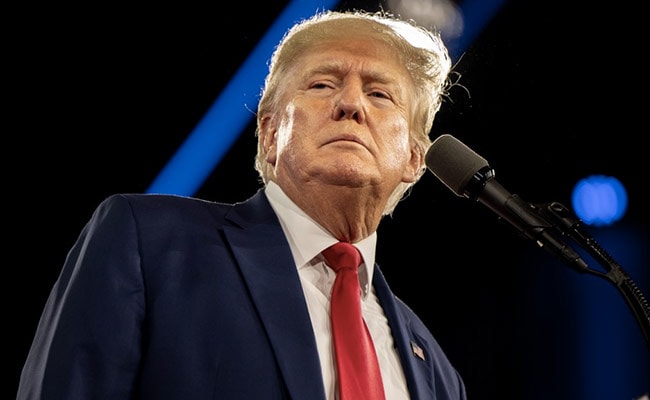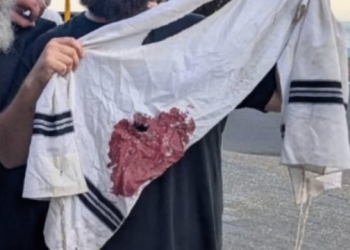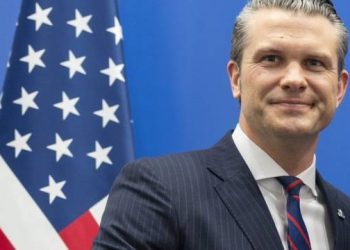In a memorandum dated July 20, addressed to “Concerned Citizens of the United States,” former President Donald Trump’s former physician, Dr. Ronny Jackson, detailed the alarming nature of the injury Trump sustained when a bullet, fired by 20-year-old would-be assassin Thomas Matthew Crooks, struck his ear.
Dr. Jackson, who has served as a congressional representative in Texas since 2021, noted, “The bullet track produced a 2 cm wide wound that extended down to the cartilaginous surface of the ear.” While some may casually dismiss this injury as minor, a closer examination reveals its true gravity.
By applying some basic mathematics, we can better understand the extent of the damage. For context, the average human male’s ear has a surface area of approximately 49 square centimeters. A hole with a 2 cm diameter equates to a surface area of about 3.14 square centimeters, which constitutes roughly 6.4% of the total ear surface area. Now, imagine losing over 6% of any part of your body — the impact is significant and far from trivial.
To further contextualize Trump’s injury, let’s consider the surface area of the average human body, which is approximately 18,000 square centimeters. By applying simple cross-multiplication, we can scale the injury: 49 cm² (the surface area of an average ear) is to 3.14 cm² (the area of the 2 cm hole) as 18,000 cm² (the body’s surface area) is to X. Solving this, we find X to be 1153 cm². This means that if the same percentage of damage were applied to the entire body, it would equate to a hole with a surface area of 1153 square centimeters. In terms of diameter, this translates to an astonishing 38.3 cm, or roughly 15 inches.
Essentially, the bullet wound, scaled up in proportion, would be as if Trump got punched with a 15-inch hole. Clearly, no standard bullet creates such a massive hole in the human body, barring exceptional cases like exploding headshots with specialized ammunition. However, this comparison underscores the relative severity of a 2 cm hole in an ear. It’s not merely a scratch; it’s a substantial and painful injury.
The point here isn’t to exaggerate Trump’s injury — although it is undeniable that divine intervention saved him from the assassination attempt on his life — but to highlight the misconception that it was minor. When critics, particularly those in legacy media, downplay the wound as insignificant, they ignore the considerable damage inflicted. A 1-inch chunk of flesh is a significant loss, one that few would willingly endure, let alone dismiss as minor.
Moreover, this incident raises questions about how the media portrays events related to Trump. There is, without a shadow of a doubt, a deliberate and nefarious tendency to minimize occurrences that could elicit sympathy for Trump, which is currently manifesting by downplaying the severity of his injury. The goal of this is to skew public perception. The hole in Trump’s ear is significant, both in its immediate impact and its symbolic weight.
Those dismissing Trump’s injury as a mere scratch need to reconsider. The wound was far more serious than many realize or admit. And it’s doubtful whether any of them would volunteer to lose a 1-inch chunk of their own ear, let alone even contemplate a proportionate body wound. The severity of Trump’s wound deserves acknowledgment, not dismissal. Indeed, it was a near-miraculous escape from what could have been a fatal injury.
During his closing remarks at the Republican National Convention in Milwaukee on Friday evening, a trend emerged: Many RNC attendees were sporting ear bandages in a show of solidarity with Trump, turning the bandage into a conspicuous symbol.
In summary, Trump’s calls for unity were clearly heard — pun intended. As the nation progresses, we can only hope for Trump’s continued safety from any future assassination attempts, a concern that may grow should he win the Oval Office in November.
The miraculous survival of the assassination attempt and the symbolic bandage covering his ear remind us of an important lesson: When it comes to the life and safety of a former president, no wound is too insignificant to be taken seriously.
 Telegram is where we really talk. Don't miss out!
Telegram is where we really talk. Don't miss out!








